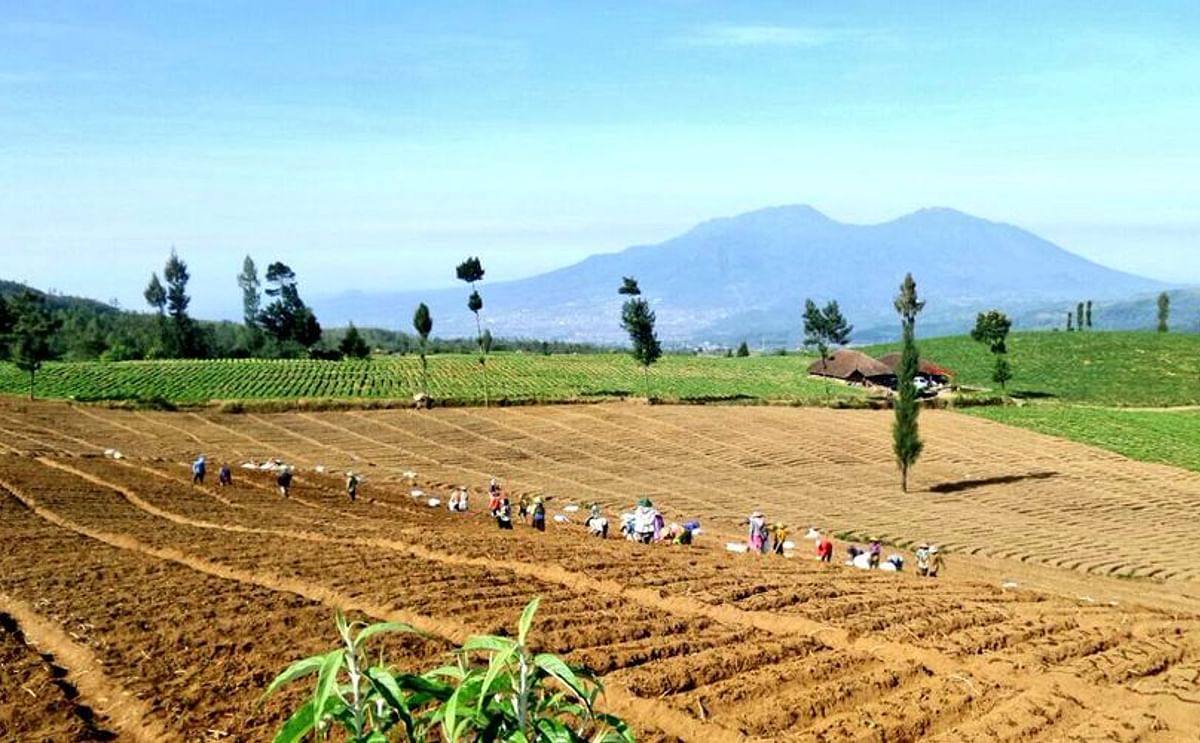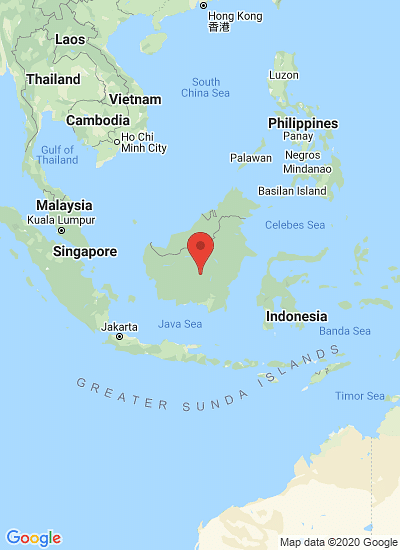The third day of the training was focused on field work
Dutch experts help Indonesia deal with potato pests

Potato cultivation in the highlands of Indonesia is plagued by a number of pests, including Potato Cyst Nematodes and Phytophthora infestans.
Dutch experts help their Indonesian counterparts to find the right approach to control these potato pests.
Potato Cyst Nematodes (PCN)
Potato Cyst Nematodes (Globodera Rostochiensis [Wollenweber] Behrens) are the most destructive nematodes around the world (Marks & Rojancovski, 1998; Hodda & Cook, 2009).
Globodera Rostochiensis is a broadly distributed species in tropical and subtropical parts of the world. As the distribution of seed expands, the distribution of Globodera Rostochiensis expanded too up to Indonesia.
In Indonesia, Globodera Rostochiensis was identified for the first time in the potato-growing area in Batu, East Java province in March 2003 (Indarti et al., 2004).
Training Detection and Identification of Potato Cysts Nematodes
In order to further study, best impede and conquer the spread of the PCN, the Agriculture Quarantine Agency (AQA) of the Indonesian Ministry of Agriculture through the Agriculture Department of the Netherlands Embassy in Jakarta collaborates with the Netherlands government (NVWA and NAK) to conduct a specific training on Detection and Identification of Potato Cysts Nematodes.
This is part of the framework “Control of Potato Cyst Nematode (PCN) and Phytophthora in Order to Develop the Sustainable Growth of the Potato Sector in Indonesia”.
The Training took place in two cities of East Java Province in Indonesia, Batu and Surabaya on 30 April 2018 – 04 May 2018.
Recommendations
Nematology experts from the Netherlands, Mr. Jan Luimes (NAK), Mr. Mario van Sabben and Mr. Jos van Meggelen (NVWA) advised on measures to control Potato Cyst Nematode and Phytophthora in the potato sector in Indonesia.
Recommended measures include:
- Good Phytosanitary management (including knowledge of experts)
- Crop rotation
- Introduction of new potato varieties resistant to Potato Cyst Nematodes (PCN) and Phytophthora.
These approaches will be further discussed in order to essentially setup national control regulations and/or inform the agriculture private actors to control the indicated pests from spreading.







